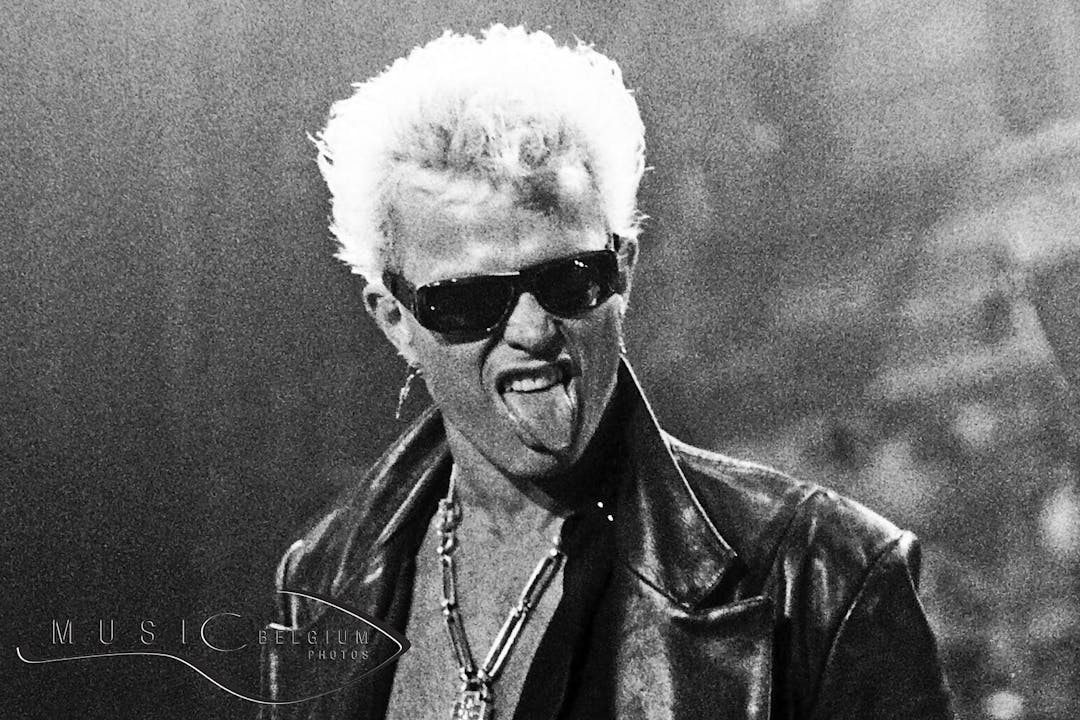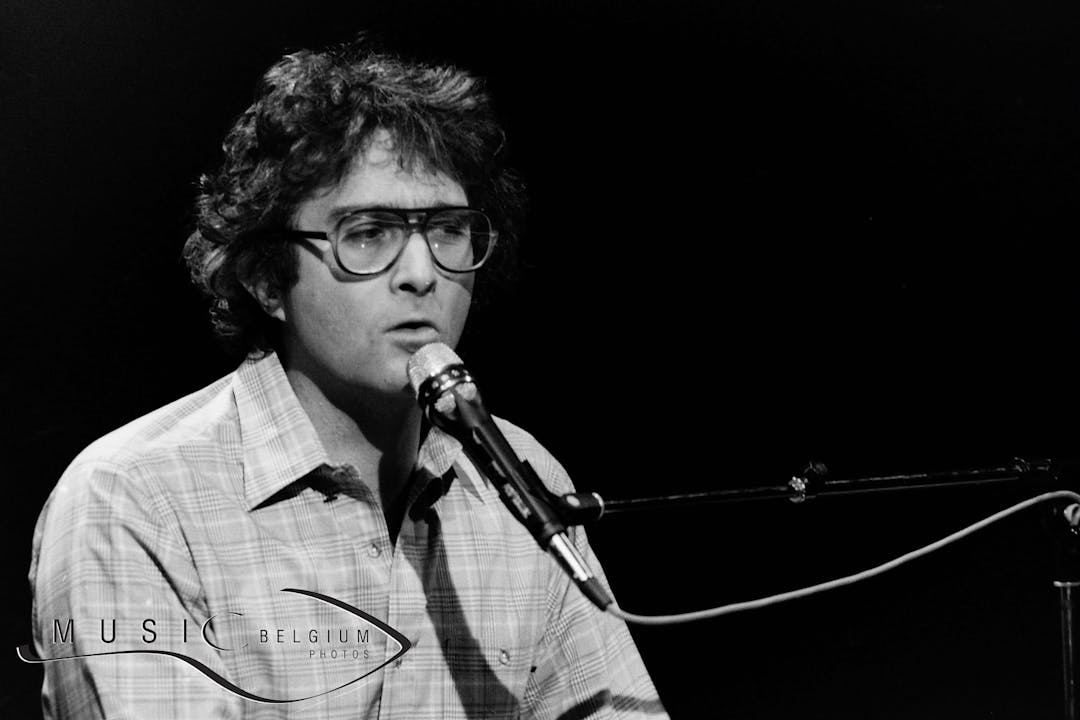
TAGTIK NEWS - TO THE POINT
Trump threatens 100% tariffs on movies produced in “foreign lands”

But no-one can tell how they will be implemented
The US film industry woke up to a new complication after President Trump announced a 100% tariff on foreign-produced films on his social platform Truth Social. Trump called runaway productions a “national security threat”, no less, as well as “messaging and propaganda!”. Trump is calling on films to be made in America.
Runaway productions, where US filmmakers and studios shoot abroad to save costs, have long affected the US sector. Hollywood studios frequently film overseas to benefit from fiscal incentives, lower costs and interesting locations.
How to apply a movie tariff
Very quickly, however, industry insiders were wondering how a tariff like this could be implemented. The issue is particularly relevant to the large number of movies that are either partly shot or partly post-produced outside the US.
The Mission Impossible and Harry Potter franchises are just two examples. Would a tariff be in proportion to the amount of material produced elsewhere? How do you calculate this?
The time of the announcement could not be worse for the industry, which is preparing for the Cannes Film Festival’s film market this month. US buyers will be wondering how to plan their year. Also, will series be included or only theatrical movies?
International trade dynamics are in play, with China already limiting Hollywood film imports amid an escalating trade war. Efforts to introduce a federal production incentive in the US have gained industry support, aligning with Trump’s job creation policy.
One has to ask what Trump’s “Hollywood ambassadors”, that include Mel Gibson and Sylvester Stallone, think of the move. Were they consulted? If not, what is their role?
(Micheal Leahy. Source: ScreenDaily et al. Photo: Unsplash)
LATEST NEWS

Jafar Panahi Wins New York Award and is Sentenced to Prison by Iran

Born on December 2: Peter Kingsbery, founder of Cock Robin with firebrand Ana LaCazio

Born on December 1: Julee Cruise, "Twin Peaks'" haunting voice

Born on December 1st: Alain Bashung, French rock poet who waited a long time for success

Born on November 30: Billy Idol, the (kind) rebel of Generation X

Born on November 28: Randy Newman tells stories and makes movies
Quick links